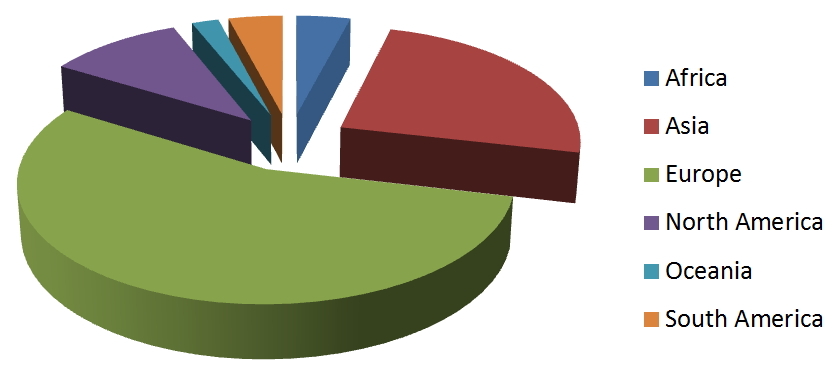Member countries
Countries pay a fee to ISO to be members of subcommittees. [10]
The 51 "P" (participating) members of ISO/IEC JTC 1/SC 27 are: Algeria, Argentina, Australia, Austria, Belgium, Brazil, Canada, Chile, China, Cyprus, Czech Republic, Côte d'Ivoire, Denmark, Finland, France, Germany, India, Ireland, Israel, Italy, Jamaica, Japan, Kazakhstan, Kenya, Republic of Korea, Luxembourg, Malaysia, Mauritius, Mexico, Netherlands, New Zealand, Norway, Peru, Poland, Romania, Russian Federation, Rwanda, Singapore, Slovakia, South Africa, Spain, Sri Lanka, Sweden, Switzerland, Thailand, the Republic of Macedonia, Ukraine, United Arab Emirates, United Kingdom, United States of America, and Uruguay.
The 20 "O" (observing) members of ISO/IEC JTC 1/SC 27 are: Belarus, Bosnia and Herzegovina, Costa Rica, El Salvador, Estonia, Ghana, Hong Kong, Hungary, Iceland, Indonesia, Islamic Republic of Iran, Lithuania, Morocco, State of Palestine, Portugal, Saudi Arabia, Serbia, Slovenia, Swaziland, and Turkey. [11]
As of August 2014, the spread of meeting locations since Spring 1990 has been as shown below:
